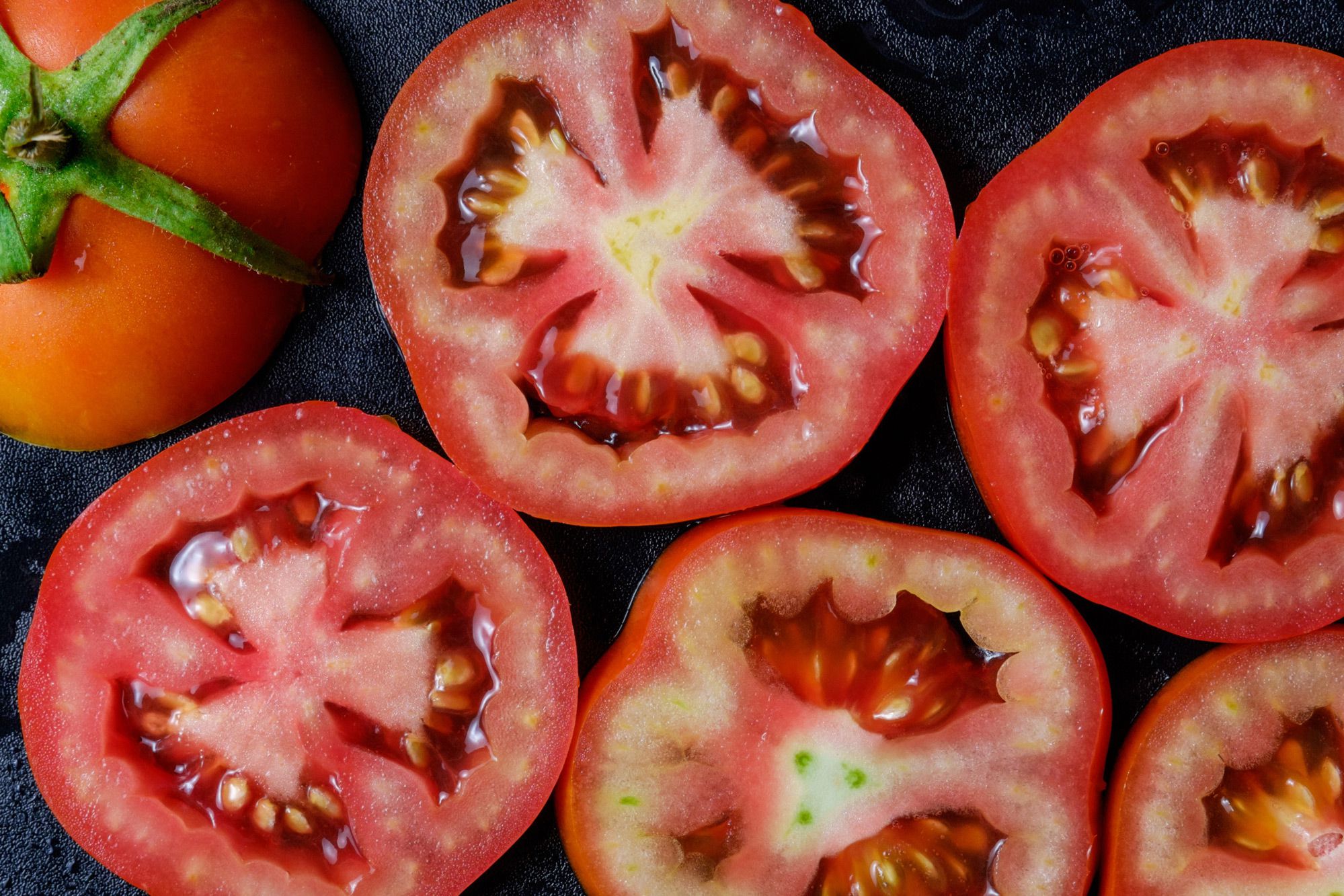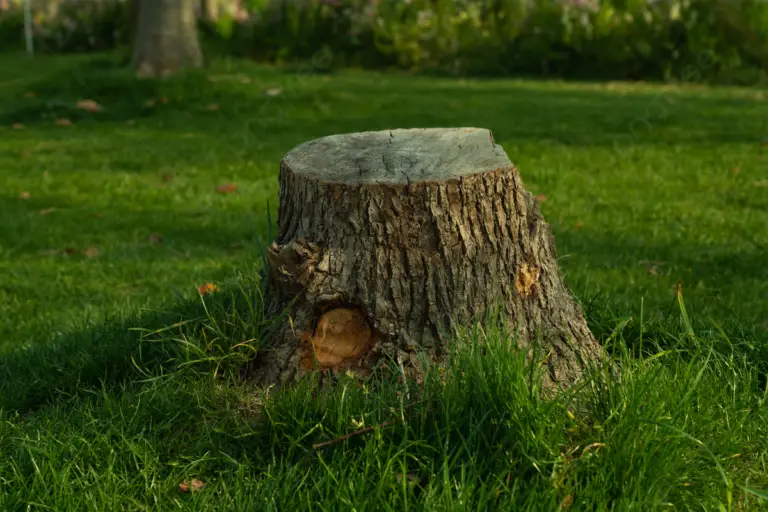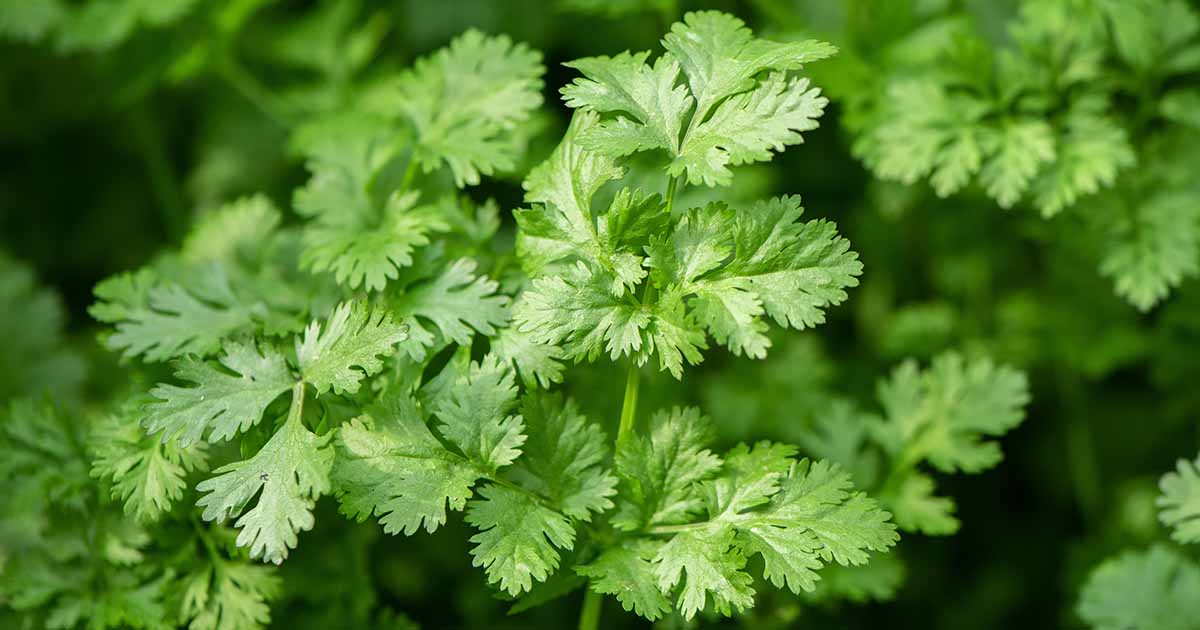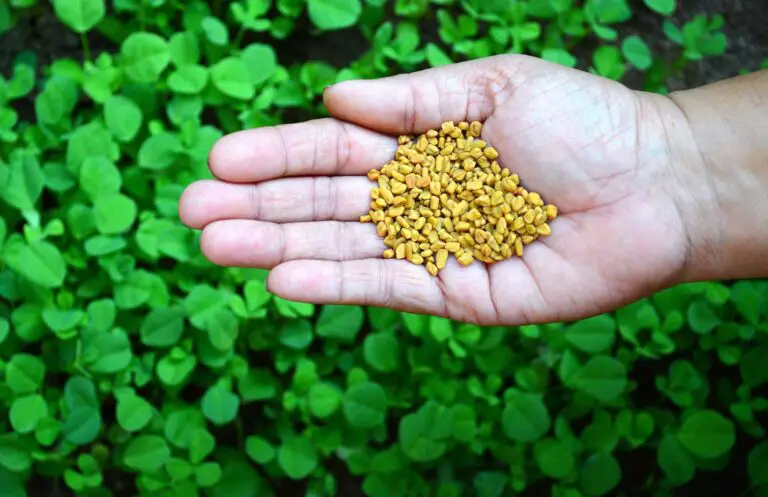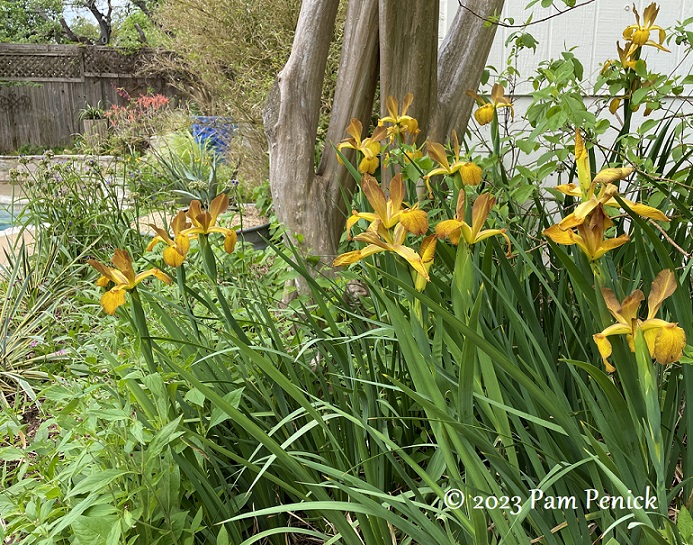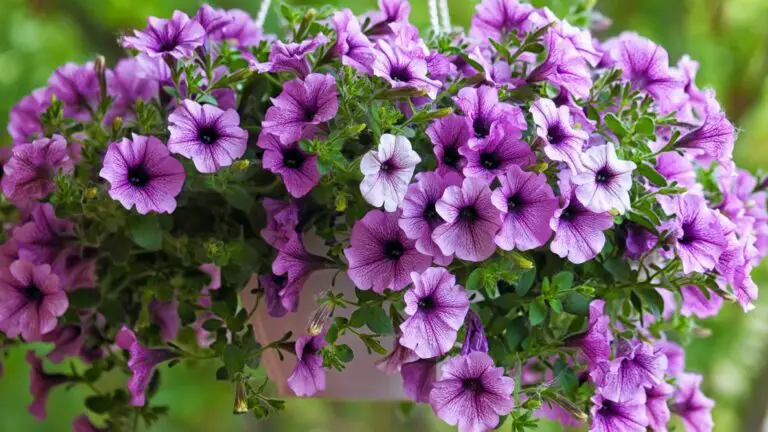Top Tips for Growing Tomato Plants
Alright, so you’re looking to grow some tomatoes, but your backyard seems to be a bit of a challenge due to compact soil and possible disease-causing critters. No worries! Grabbing a pre-made seed starting mix from a local store is your way to go. These mixes usually have a good blend of peat moss, vermiculite, and perlite.
Make sure to moisten this mix with warm water, making it easy to handle. It might be helpful to let it sit overnight to make sure it’s evenly soaked through. The end goal? A mix that’s moist, but not a waterlogged mess.
Tips for Growing Tomato Plants
Picking Containers for Your Tomato Seeds
Honestly, almost any container with good drainage would work for starting your tomato seeds. Back in the day, I used styrofoam cups with holes poked at the bottom. However, now I’m all about those commercially available seed starting kits which you can find in garden stores. They make life easier and have proven to be quite reliable. If you’ve got a bunch of seeds, something like a 128-cell seed tray might be your jam.
If you decide to reuse old plastic containers, give them a clean with a light bleach solution (5-10%) to kill off any remaining nasties.
Choosing when to Plant Your Tomato Seeds:
You don’t want to jump the gun and plant too early, which could leave you with overgrown or weak plants. Aim for 6-8 weeks before you plan on moving the seedlings outdoors. Timing your outdoor transplant about two weeks after the last expected frost is usually a good rule of thumb. Unsure about when that is? Check out climate maps on TomatoFest or ask some local green thumbs for advice.
Planting Your Tomato Seeds:
Here’s a pro-tip: plant about 20% more seeds than the number of plants you want, since not all seeds will make it to adulthood. Fill your container with the dampened seed mix, lightly press it down to get the air out, and plant your seeds about 1/4 inch deep. After covering the seeds, give the soil a good misting.
Tuck your seeds into a loose plastic bag—keeping the top open for some fresh air—and wait for the magic to happen. Dry seeds are a no-go, so ensure the soil stays moist.
Waiting for Germination:
Now comes the waiting game. Patience is key! Keep your containers in a warm spot, but away from direct sunlight. In about 5 to 10 days, if you keep the temperatures between 70 to 80F (21 to 27C), you should start to see some action. When the seeds sprout, get them under a good light source to prevent them from growing tall and weak, searching for light.
Lighting up Your Seedlings:
Many folks start off with a windowsill, but sometimes that just doesn’t cut it and can lead to long, weak stems. A better option might be setting up some full spectrum grow lights or white fluorescent lights right above the seedlings, keeping them on for 14 to 16 hours a day to simulate a good sunny day.
Troubleshooting:
Sometimes things might not go as planned, and you might encounter issues like:
- Damping Off: It’s when seedlings kind of flop over and die due to soil fungi or lack of airflow.
- Leggy Seedlings: They have long, weak stems usually because of poor lighting or too much heat.
- Slow Growth: Usually a result of low temperatures or poor nutrition.
Remember, don’t overwater or over-fertilize, as both can spell trouble for your young plants.
Time to Dive in!
Tomatoes are among the easiest veggies to grow from seeds, and now’s the time to get started. Just pop the seeds in any container you’ve got lying around. I like using 2″ pots, starting with 3 seeds per pot. However, yogurt containers, milk cartons, or even egg cartons could work too.
Here’s a quick checklist for starting your tomato seeds:
- Pre-moisten your soil before planting.
- Don’t bury the seeds too deep; about ½” should do.
- Keep the containers warm, aiming for around 75 F (25 C).
- Keep the soil moist, but not waterlogged.
Once the seedlings sprout, move them to a cool but bright spot. About a week later, transfer them into individual pots with some compost or worm castings for extra nutrition. In another three weeks, they’ll be ready for bigger 6” pots before eventually making it to your garden. Happy gardening!

